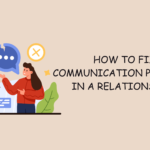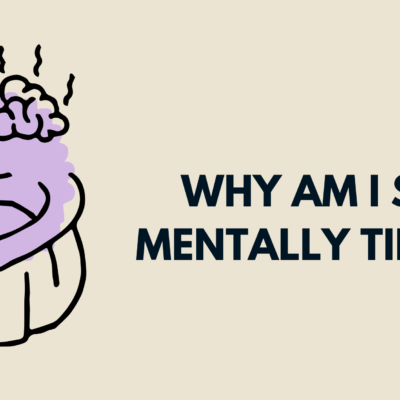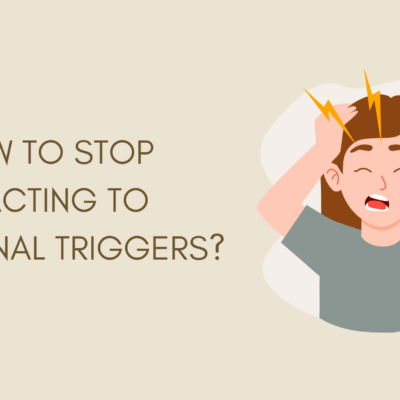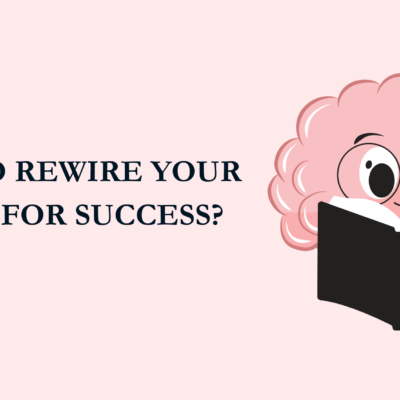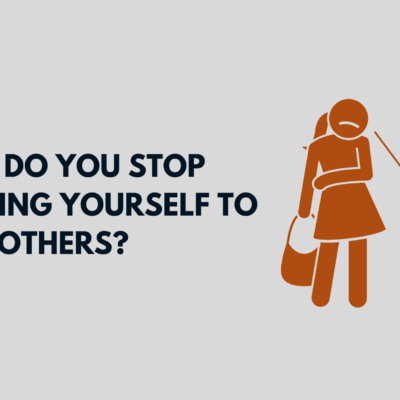How to Stop Emotional Eating: Emotional eating is a common struggle—eating not out of hunger, but in response to emotions like sadness, stress, boredom, or even joy. While food can provide temporary comfort, emotional eating often leads to guilt, weight gain, and a cycle that feels difficult to break. If you’ve ever found yourself eating a tub of ice cream after a bad day, or mindlessly snacking when anxious, you’re not alone. The good news? Emotional eating can be unlearned. This article explores its root causes and offers practical strategies to help you stop emotional eating and build a healthier relationship with food.
Also Read:
Understanding Emotional Eating
Before you can stop emotional eating, you need to understand it. Emotional eating isn’t about physical hunger—it’s about using food as a way to cope with or suppress emotions.
Common Emotional Triggers:
- Stress – Cortisol, the stress hormone, increases cravings for salty, sweet, and fatty foods.
- Boredom – With nothing to do, food becomes entertainment.
- Loneliness – Food can become a replacement for connection or affection.
- Fatigue – Low energy levels may cause cravings for quick-fix comfort food.
- Happiness or Celebration – Emotional eating isn’t always about negative feelings. Sometimes, we reward ourselves with food even when we’re happy.
Understanding your emotional triggers is the first step to regaining control.
The Cycle of Emotional Eating
Emotional eating often follows a predictable pattern:
- Trigger – You feel upset, anxious, bored, etc.
- Craving – You crave specific comfort foods.
- Eating – You eat mindlessly or binge.
- Guilt – You feel guilty, ashamed, or disappointed.
- Repetition – These negative feelings may trigger more eating.
Breaking this cycle involves recognizing it and replacing each step with healthier responses.
Step-by-Step Guide to Stop Emotional Eating
1. Identify Your Triggers
Start by keeping a food and mood journal for a week. Write down:
- What you ate
- When you ate
- How you felt before and after eating
Patterns will begin to emerge. Do you snack late at night when you’re lonely? Do you eat junk food after stressful meetings?
Awareness is crucial.
2. Pause and Breathe
The next time you find yourself reaching for food out of habit or emotion, pause. Ask yourself:
- Am I physically hungry?
- What am I feeling?
- Will food solve this problem?
This brief pause creates space for mindful decision-making.
Try the 10-minute rule: delay the urge to eat for 10 minutes while checking in with yourself. Often, the craving passes or lessens in intensity.
3. Find Alternatives to Eating
Once you identify your emotional triggers, develop non-food coping strategies.
Alternatives Based on Emotion:
- Stress → Deep breathing, yoga, journaling, going for a walk
- Loneliness → Call a friend, join an online group, cuddle a pet
- Boredom → Read, paint, watch a documentary, organize your space
- Anger/Frustration → Punch a pillow, write an angry letter (don’t send it), scream into a cushion
- Fatigue → Take a nap, rest, drink water, stretch
The more tools you have, the less likely you are to use food as your only solution.
4. Eat Mindfully
Mindful eating helps reconnect you with your body’s natural hunger and fullness signals.
Practice:
- Eat slowly and without distractions.
- Focus on each bite—texture, flavor, temperature.
- Eat at a table, not in bed or in front of a screen.
- Rate your hunger on a scale of 1 to 10 before and after eating.
Over time, you’ll learn to eat for nourishment, not to numb feelings.
5. Nourish Your Body Regularly
Skipping meals or undereating during the day can increase the likelihood of emotional eating later on.
- Eat balanced meals that include protein, fiber, and healthy fats.
- Stay hydrated. Sometimes thirst is mistaken for hunger.
- Don’t deprive yourself. Overly restrictive diets can lead to binge eating.
A nourished body supports emotional stability.
6. Challenge Negative Thoughts
Many people who struggle with emotional eating also battle negative self-talk.
Examples:
- “I already messed up today, might as well keep eating.”
- “I’ll never be able to change.”
- “I deserve this treat—I’ve had a bad day.”
Practice cognitive restructuring. Replace these thoughts with more helpful ones:
- “One snack doesn’t ruin everything.”
- “I’m learning new habits, and progress takes time.”
- “There are better ways to comfort myself.”
7. Set Boundaries with Trigger Foods
You don’t need to fear food, but you can make your environment supportive.
- Avoid stocking your house with binge-triggering items.
- Keep healthier alternatives in easy reach.
- When you do have treats, portion them instead of eating from the bag.
Control your environment so that willpower isn’t your only defense.
8. Develop Emotional Awareness
Often, emotional eating stems from the inability to sit with uncomfortable feelings. Learning to feel your emotions without reacting to them is key.
Try this technique:
- Name the emotion: “I’m feeling anxious.”
- Locate it in your body: “My chest feels tight.”
- Sit with it without judgment. Breathe.
- Ask what it needs: Rest? Reassurance? Action?
When emotions are acknowledged, they lose their overwhelming power.
9. Seek Professional Support
If emotional eating is deeply rooted in trauma, depression, anxiety, or body image issues, consider therapy.
Support options include:
- Cognitive Behavioral Therapy (CBT)
- Dialectical Behavior Therapy (DBT)
- Nutrition counseling
- Support groups (in-person or online)
You don’t have to do this alone.
10. Celebrate Non-Food Victories
Often, emotional eating becomes the reward system. Try creating a new one.
Examples:
- Take a relaxing bath
- Watch your favorite movie
- Journal your progress
- Buy flowers for yourself
- Listen to uplifting music
Reinforce the idea that joy, comfort, and celebration don’t have to come from food.
Healing is a Journey, Not a Diet
Stopping emotional eating isn’t about willpower or punishment. It’s about understanding yourself, honoring your emotions, and finding better ways to care for your body and mind.
There will be setbacks—and that’s okay. What matters is your commitment to healing and self-compassion.
You’re not broken. You’re human.
Final Words
Food is meant to nourish and bring joy—not to be a bandage for emotional wounds. By learning to recognize your triggers, responding with care, and developing new emotional coping strategies, you can break the cycle of emotional eating.
It won’t happen overnight. But each moment you choose to feel instead of eat, to pause instead of react, is a powerful act of healing.
You are more than your cravings. And you have the strength to change.


